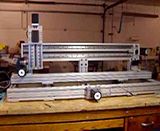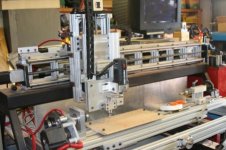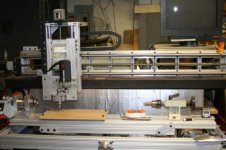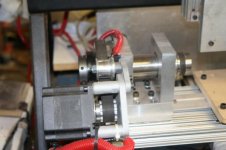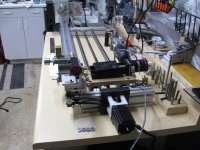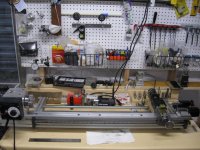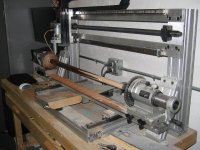I know I need some current limiting resistors in series with the photodiode to make sure there is enough resistance on the load (output side) to keep below the maximum collector current of the sensor.
I've read a few posts on the CNC Zone, but I am a bigger dope on electronics than on anything else.
I've read to use around a 330 ohm resistor but not sure how to wire each one and then put in series. I saw a project where they built a small board , ran all three switches to there, which tied the three together , then ran the leads to the break out board.
So if someone has the correct or an easier way let me know.
Damn I'm such an electronics goof ball.
Guess Mom was right. I should have gone to school instead of the pool hall.
